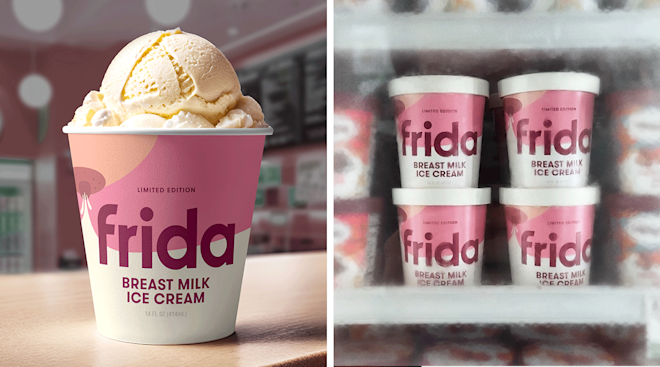Following recent scary headlines of malnourished children who were subjected to strict plant-based diets, we’ve seen a spike in skepticism surrounding veganism and vegetarianism. But a new position statement from a leading group of nutritionists says both types of diets are a-okay for pregnant women, nursing women and even children—the key is a careful balance.
The statement, found in the December issue of the Journal of the Academy of Nutrition and Dietetics, explains that plant-based diets are healthy for everyone as long as they’re well-balanced, containing a rich assortment of nutrients.
“These diets are appropriate for all stages of the life cycle, including pregnancy, lactation, infancy, childhood, adolescence, older adulthood, and for athletes,” the statement reads. The Academy goes on to list other benefits of vegan and vegetarian diets, including:
- Environmental sustainability
- Reduced risk of heart disease
- Reduced risk of type 2 diabetes
- Reduced risk of cancer
- Reduced risk of obesity
Just because a diet is plant-based, however, doesn’t mean it’s healthy. There are plenty of vegan cookies and chips that don’t offer much in the way of nutritional value. So what does a healthy vegan diet look like? We asked Liz Sanders, MPH, RDN, of the International Food Information Council (IFIC) & Foundation.
“Vegans can build a healthy, balanced meal during pregnancy using the same principles as non-vegans; it just takes a few tweaks to make sure you are meeting your protein and micronutrient (i.e. vitamins and mineral) needs,” Sanders tells The Bump. “The MyPlate tool, along with the following tips, can help you make sure you get everything you and your growing baby need from your meals.”
- Aim to make half of your plate fruits and vegetables. Stock up on dark, leafy greens because these have important nutrients, like iron and vitamins A, C and K. Mushrooms are high in vitamin D so they are a great pick for vegans.
- For protein, focus on soy foods like tofu or tempeh. Soy protein is a “complete protein,” meaning it has all the amino acids that you need to build muscle and tissue.
- Don’t forget the grains. The carbs in whole and enriched grains provide a steady source of energy for you and your growing baby. Also, enriched grains like breads and cereals are an important source of folic acid (a vitamin which is crucial to preventing birth defects).
- Add a class of fortified soy or almond milk to meet your needs for calcium and vitamin D.
- Include some healthy fats in the form of vegetable oils (canola, soybean, olive, peanut, safflower and sunflower oils), nuts and flaxseeds. Fats are key to good nutrition during pregnancy and key for your baby’s healthy development. Also, though you’re not quite “eating for two,” you do need more calories during pregnancy. Healthy fats are a nutrient-rich way to add much-needed calories to a meal.
- Talk to your doctor about including a prenatal vitamin. You need more vitamins and minerals during pregnancy. A prenatal vitamin, combined with a healthy meal plan, can help make sure you are getting everything you and your baby need to stay healthy and strong.
Want to put some numbers to those recs? The Dietary Guidelines for Americans, put out annually by the US Department of Health and Human Services and US Department of Agriculture, includes portion suggestions for vegetarians and vegans of all caloric intakes.
(Note: While the below recommendations are for vegetarian diets, authors say they can be adapted for vegans if all dairy choices are comprised of fortified soy beverages or other plant-based dairy substitutes.)
While these guidelines are helpful, always talk to your doctor about your diet during pregnancy. If you’d like to introduce your children to veganism or vegetarianism, talk to their pediatrician too.
Please note: The Bump and the materials and information it contains are not intended to, and do not constitute, medical or other health advice or diagnosis and should not be used as such. You should always consult with a qualified physician or health professional about your specific circumstances.
Navigate forward to interact with the calendar and select a date. Press the question mark key to get the keyboard shortcuts for changing dates.























































